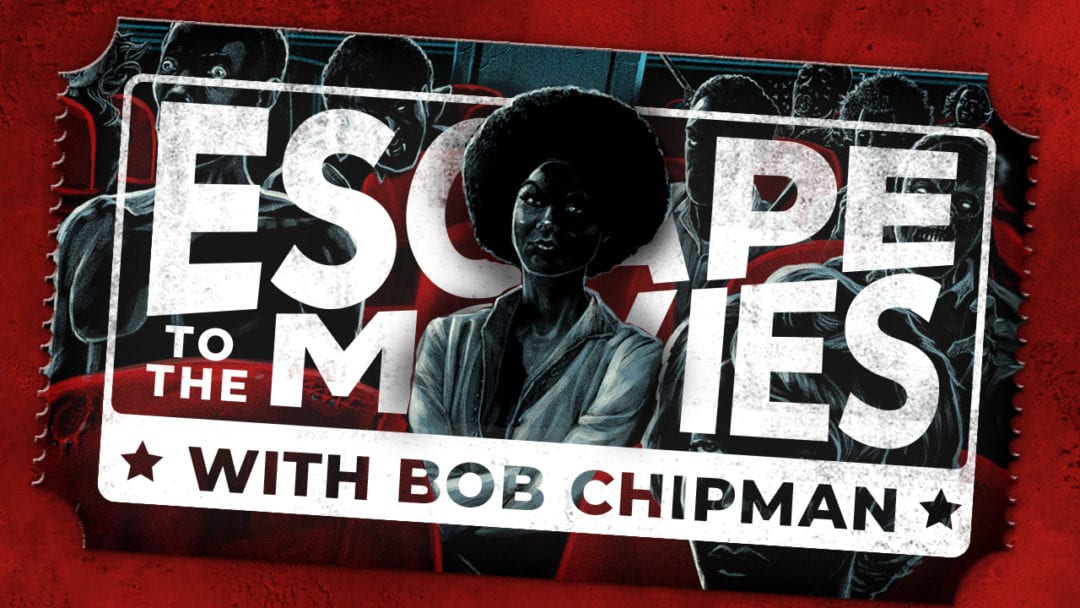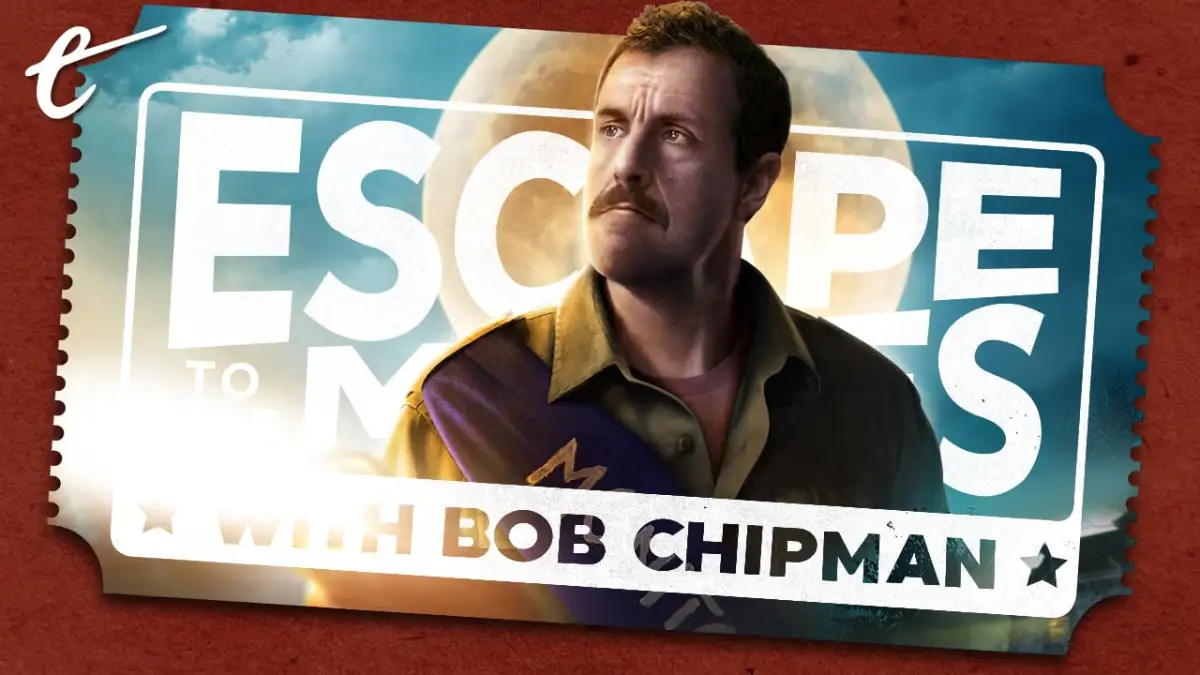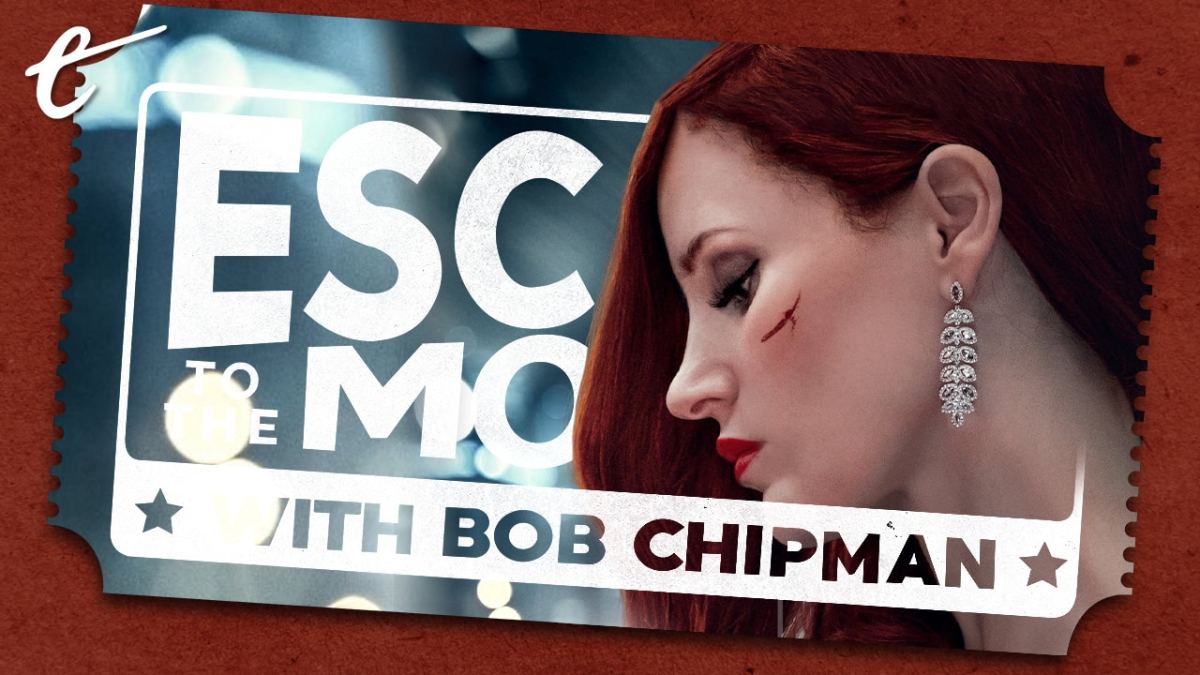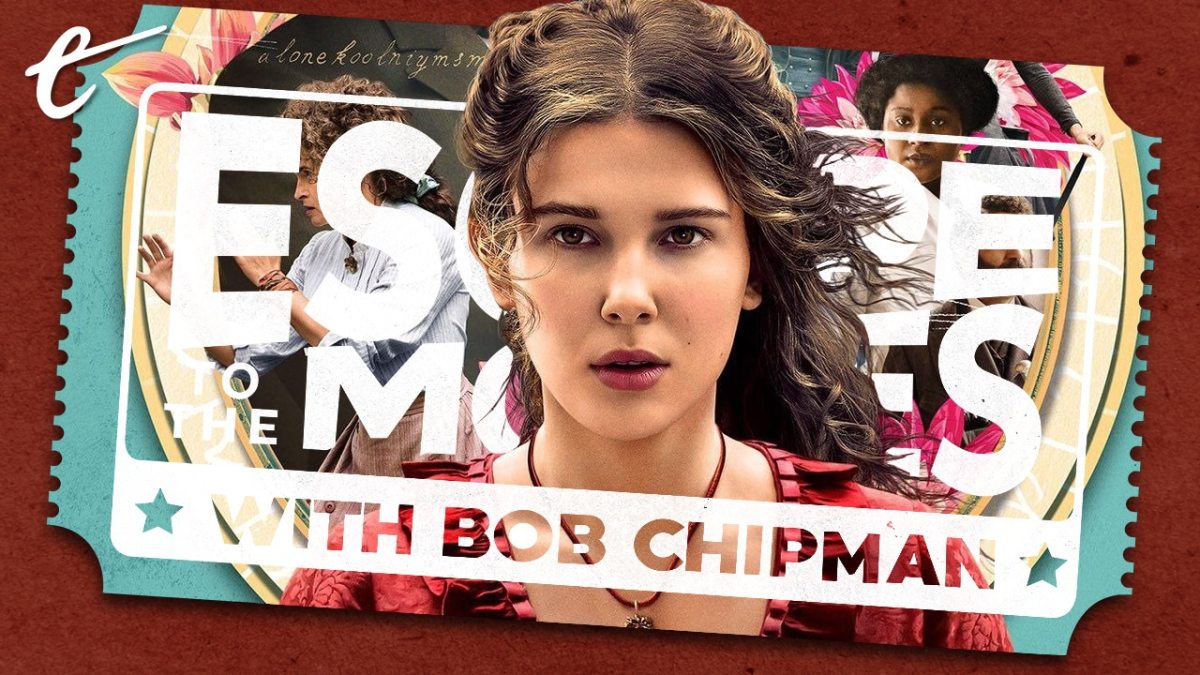Horror Noire, a documentary produced for the horror-centric streaming service Shudder serves as a companion piece to Robin Means Coleman’s recent book Horror Noir: Blacks in American Horror Films from the 1980s to the Present. Directed by Xavier Burgin, it expands the book’s scope to contextualize the often overlooked and misunderstood presence of black Americans in the horror genre with the aim of adding nuance and depth to a discourse that often begins with tacky jokes about who always dies first in slasher movies.
The documentary is comprised of interview clips and talking head segments from prominent genre figures like Rusty Cundieff, Jordan Peele, Tony Todd, Tananarive Due, Rachel True, Ken Foree, Keith David and others along with the requisite film, video, and archival clips. But what’s most interesting about Horror Noire is its unconventionally holistic approach to the subject. Most history-of-film documentaries tend to err on the side of sending the audience home with a syllabus of new movies to watch or a new appreciation for the history of things they’ve already seen. Horror Noire aims to do both as part of a singular, mostly chronological narrative.
If you’re watching to learn more about the history of obscure, semi-forgotten entries like Son of Ingagi, I Walked with a Zombie, or Ganja & Hess (a “lost” independent ‘70s horror drama recently remade by Spike Lee as Da Sweet Blood of Jesus) you’ll certainly find that and more. Likewise genre veterans will receive reappraisals of better known but underappreciated entries like Blacula and less successful imitators like Blackenstein, get an overview of the mini-renaissance of black horror from the ‘90s and early-‘00s that included Def By Temptation, Candyman, Tales from the Hood, and the Snoop Dogg star-vehicle Bones.
The film also delves into less comfortable topics like the unavoidable but typically only discussed on a surface level issues surrounding ”token” black characters in predominantly white body count horror films of the ‘80s, and the genre’s appropriation of voodoo, and Caribbean and African mythologies.The film also makes a point to expand its scope outside of horror to films where black characters didn’t seem to be present in the first place. Horror Noire draws connections between predatory black men in silent films like The Birth of a Nation and the prominence of ”Gorilla on the loose” thrillers in the early talkies. The aforementioned Son of Ingagi was itself a black-produced response to a once-notorious Hollywood film purporting to ”prove” that Africans were actually a subspecies of human/ape hybrid creatures. Horror Noire even suggest a troubling but plausible, if not necessarily conscious, evolution of those early racist tropes into the monsters and aliens of later films.
Film history documentaries are always going to be interesting or uninteresting based on your existing interest level. But those inclined to seek it out will find Horror Noire is more animated and takes a lighter touch than other pieces touching on similar subject matter. Some of that is probably inevitable given the material. Everyone involved is pretty upfront about a lot of the films in question being only part-way ”good” or really not even good at all under the circumstances, so they can be discussed with a good sense of humor rather than the dry reverence or drab academic lectures often associated with the medium.
Even though you are essentially watching people set up film clips, other people react to them, and interviews with some of the folks who actually made or starred in the work, Horror Noire’s material never feels old or stops being entertaining and informative. If you’ve got even a little bit of interest in film history, especially if you like horror, it’s definitely worth your time.






Published: Feb 22, 2019 12:00 pm